An organic compound 'A' with emperical formula C6H6O gives sooty flame on burning.Its reaction with bromine solution in low polarity solvent results in high yield of B.B is
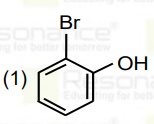
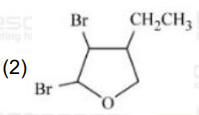
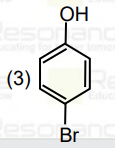
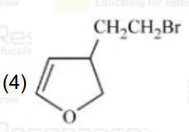
The correct Answer is:C
To solve the problem, we need to analyze the information given about the organic compound 'A' with the empirical formula C6H6O.
1. Identify the Compound 'A':
- The empirical formula C6H6O suggests that the compound could be an aromatic compound due to the presence of a high hydrogen-to-carbon ratio (C:H = 1:1).
- Given that it burns with a sooty flame, this indicates that it likely contains a benzene ring, as aromatic compounds typically produce sooty flames due to their high carbon content.
2. Determine the Structure of 'A':
- The compound with the empirical formula C6H6O that fits the description is phenol (C6H5OH).
- Phenol has a benzene ring with a hydroxyl (–OH) group, which aligns with the empirical formula provided.
3. Reaction with Bromine:
- When phenol reacts with bromine in a low polarity solvent (like carbon disulfide, CS2), it undergoes electrophilic aromatic substitution.
- The bromine adds to the aromatic ring, and due to the activating effect of the hydroxyl group, the substitution occurs predominantly at the para position relative to the –OH group.
4. Identify the Product 'B':
- The major product formed from the reaction of phenol with bromine in a low polarity solvent is para-bromophenol (C6H4BrOH).
- This is because the para position is favored due to steric and electronic factors.
Final Answer:
The compound 'B' is para-bromophenol.
---
- The empirical formula C6H6O suggests that the compound could be an aromatic compound due to the presence of a high hydrogen-to-carbon ratio (C:H = 1:1).
- Given that it burns with a sooty flame, this indicates that it likely contains a benzene ring, as aromatic compounds typically produce sooty flames due to their high carbon content.
- The compound with the empirical formula C6H6O that fits the description is phenol (C6H5OH).
- Phenol has a benzene ring with a hydroxyl (–OH) group, which aligns with the empirical formula provided.
- When phenol reacts with bromine in a low polarity solvent (like carbon disulfide, CS2), it undergoes electrophilic aromatic substitution.
- The bromine adds to the aromatic ring, and due to the activating effect of the hydroxyl group, the substitution occurs predominantly at the para position relative to the –OH group.
- The major product formed from the reaction of phenol with bromine in a low polarity solvent is para-bromophenol (C6H4BrOH).
- This is because the para position is favored due to steric and electronic factors.
The compound 'B' is para-bromophenol.
Topper's Solved these Questions
Similar Questions
Knowledge Check
- Question 1 - Select One
Compound having molecular formula C3H6O2 is:-
AC2H5−COOHBHCOOC2H5CCH3COCH3DBoth (a) and (b) - Question 2 - Select One
An organic compound of formula, C3H6O forms phenyl hydrazone, but gives negative Tollen's test . The compound is
ACH2=CHOCH3BCH3CH2CHOCCH3COCH3DCH2=CHCH2OH - Question 3 - Select One
An organic compound 'A' has molecular formula C9H13NO and it can be resolved into enatiomers. A does not decolourise bromine water solution. A on reflxing with dilute H2SO4 yields another resolable compound B(C9H14O3) which gives effervescence with NaHCO3. B on treatemet with NaBH4 yields C(C9H16O3) on heating with concentrated H2O4 yields ester D(C9H14O2). Compound A on reduction with LiAIH4, followed by treatement of H2SO4 yields following compound:
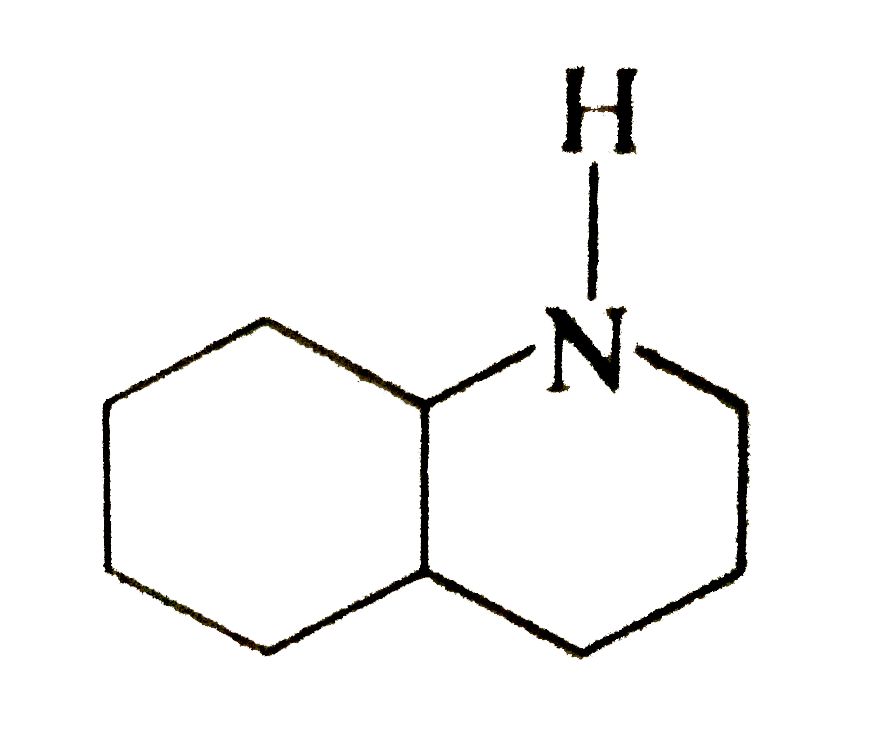
Find out structure of compound 'A' :A B
B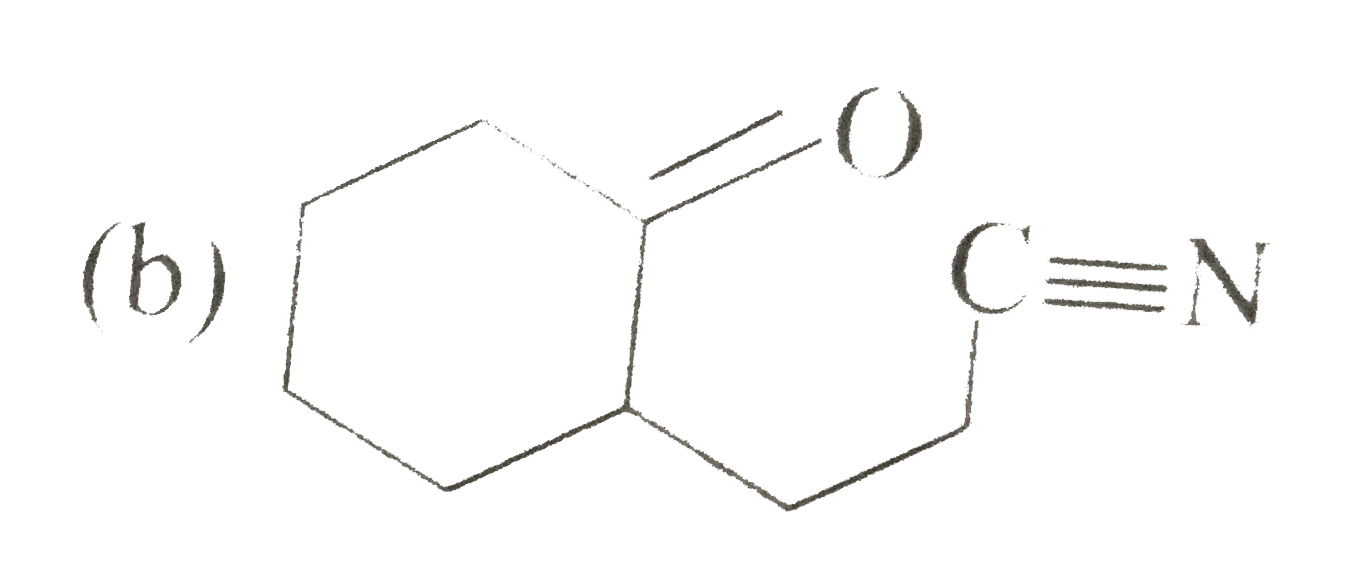 C
C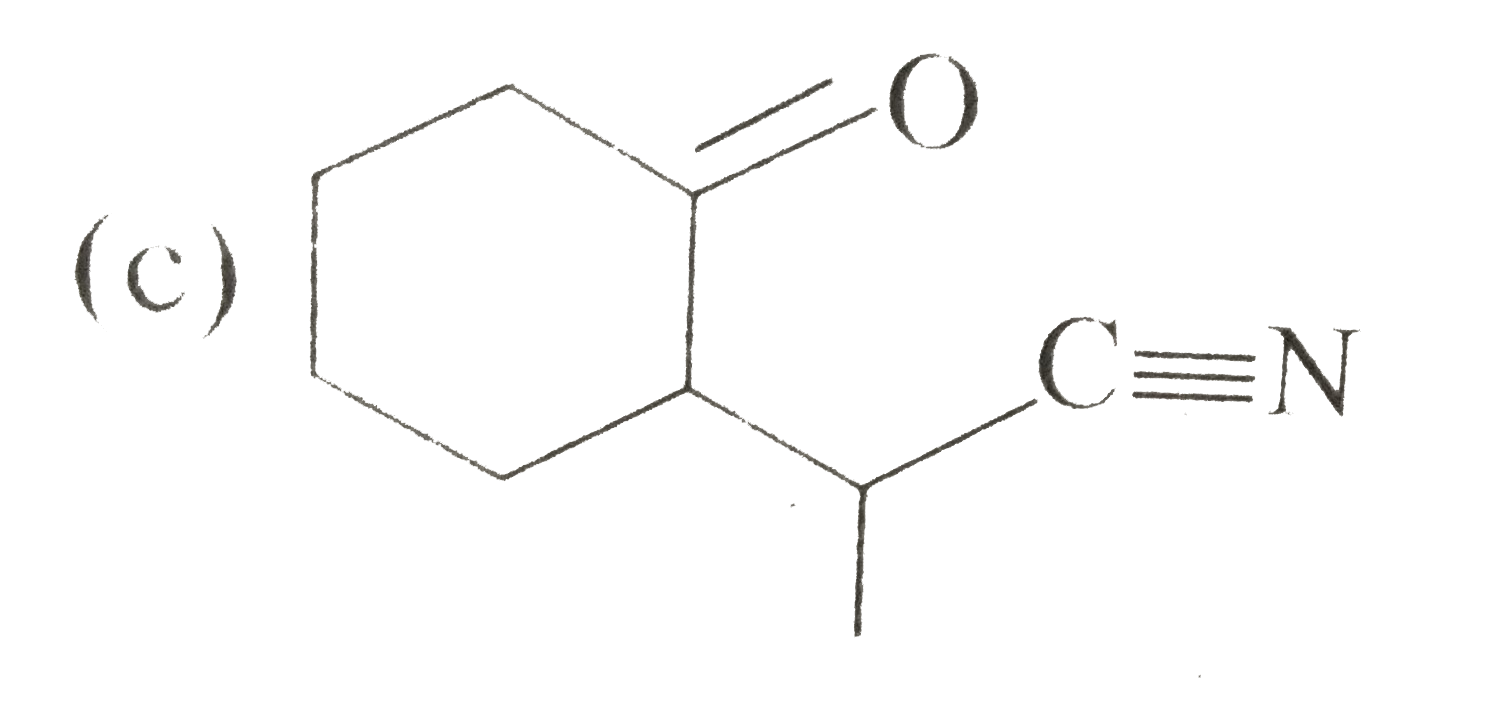 D
D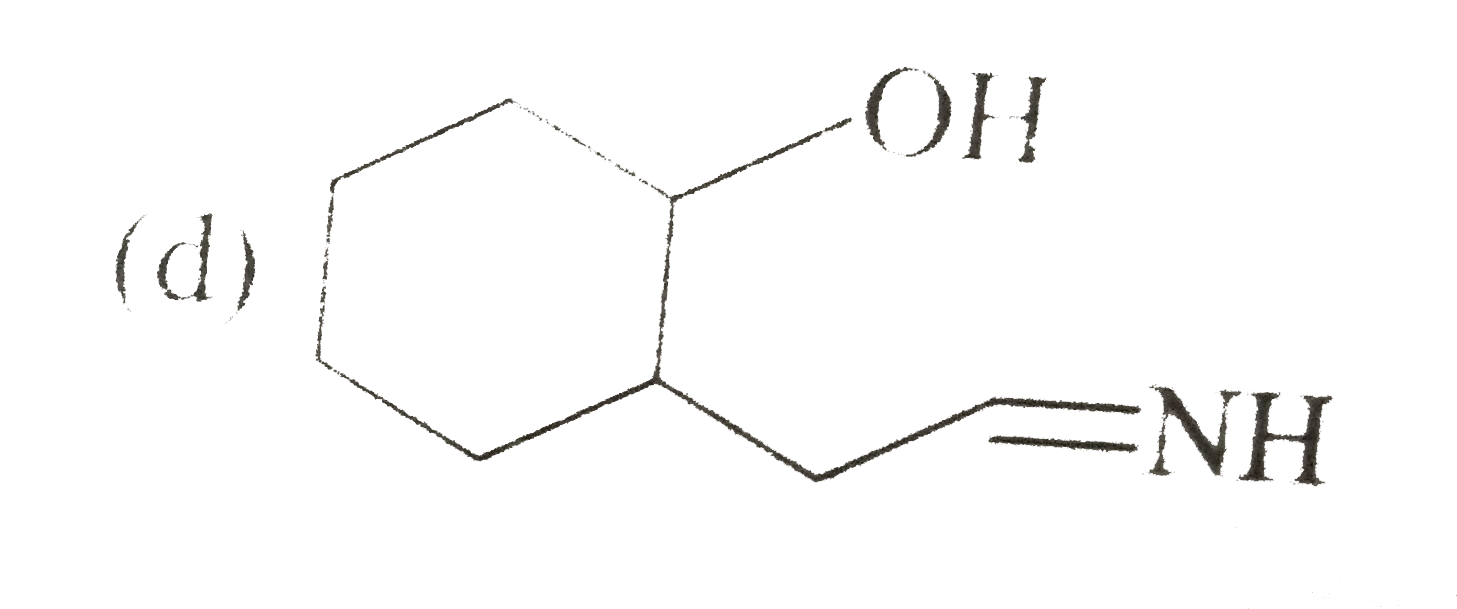
An organic compound (A) with molecular formula C6H6O gives a characteristic colour with aqueous FeCl3 solution. When (A) is treated with CO2 and NaoH at 410 K under pressure, it gives compound (B) which upon acidification gives compound (C). compound (C) reacts with acetyl chloride to give (D) which is a popular pain killer. deduce the structure of (A), (B), (C) and (D) and explain all the reaction involved.
View SolutionAn organic compound (A) with molecular formula C8H8O forms an orange red precipitate with 2,4 -DNP reagent and gives yellow precipitate on heating with iodine in the presence of sodium hydroxide . It neither reduces Tollen's reagent or Fehling's solution , nor does it decolourise bromine water or Baeyer's reagent. On drastic oxidation with chromic acid, it gives a carboxylic acid (B) having molecular formulae C7H6O2. Identify the compound (A) and (B) and explain the reactions involved .
View SolutionAn aliphatic compound (A) with a molecular formula C3H6O reacts with phenylhydrazine to give compound (B). Reaction of (A) with I2 in alkaline solution on warming gives a yellow precipitate (C). Identify the compounds A, B and C.
View SolutionAn organic compound 'A' has molecular formula C9H13NO and it can be resolved into enatiomers. A does not decolourise bromine water solution. A on reflxing with dilute H2SO4 yields another resolable compound B(C9H14O3) which gives effervescence with NaHCO3. B on treatemet with NaBH4 yields C(C9H16O3) on heating with concentrated H2O4 yields ester D(C9H14O2). Compound A on reduction with LiAIH4, followed by treatement of H2SO4 yields following compound:
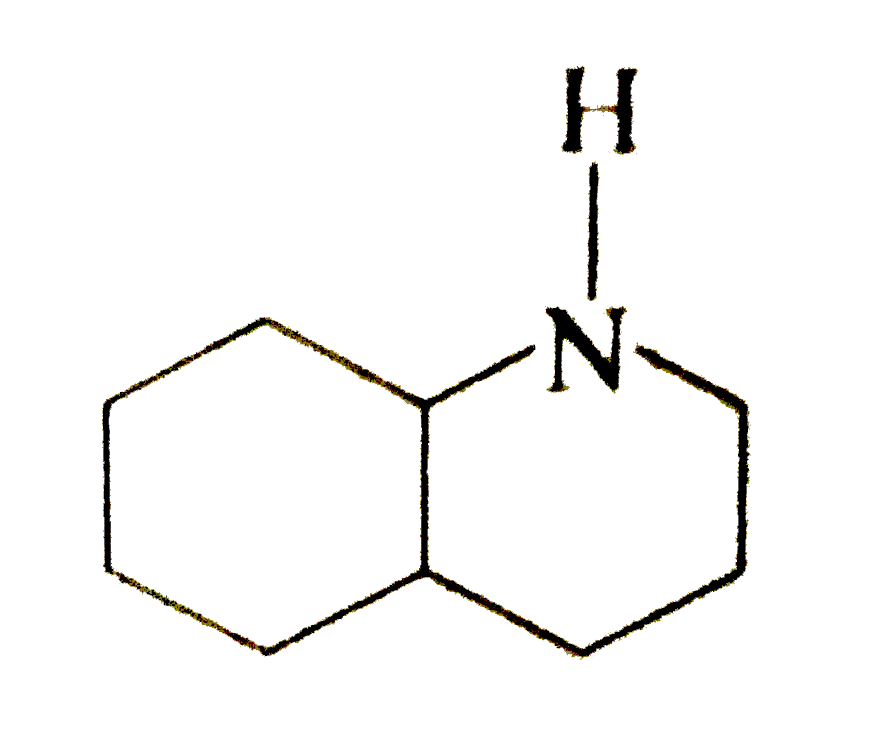
Due to reduction of optically pure 'B' two isomeric product 'C' form. Isomeric product 'C' are:View SolutionAn organic compound 'A' has molecular formula C9H13NO and it can be resolved into enatiomers. A does not decolourise bromine water solution. A on reflxing with dilute H2SO4 yields another resolable compound B(C9H14O3) which gives effervescence with NaHCO3. B on treatemet with NaBH4 yields C(C9H16O3) on heating with concentrated H2O4 yields ester D(C9H14O2). Compound A on reduction with LiAIH4, followed by treatement of H2SO4 yields following compound:
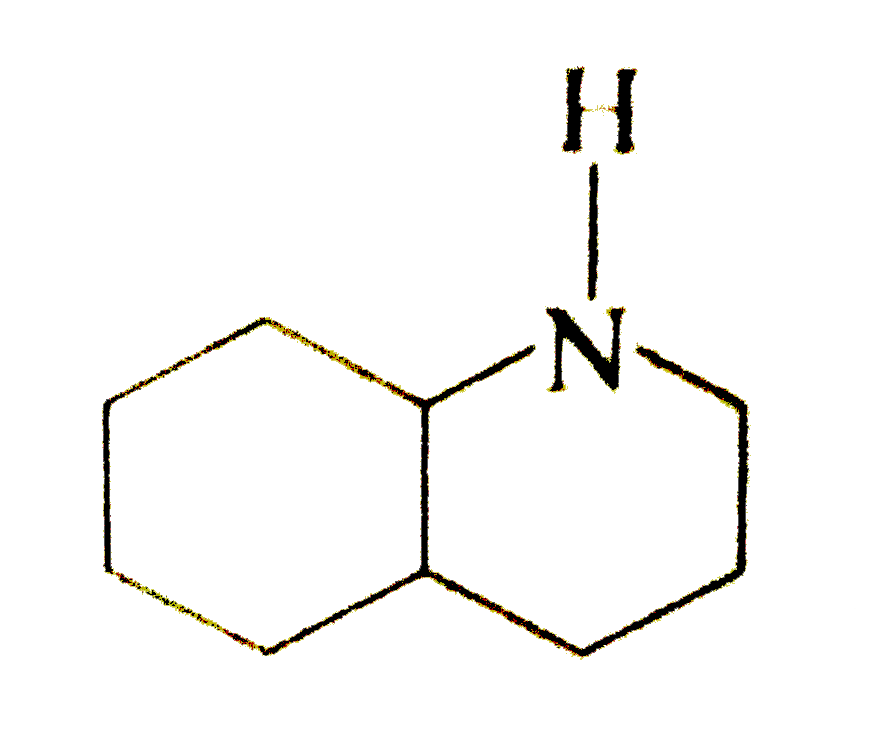
The sweet smelling neutral compound D is:View Solution

